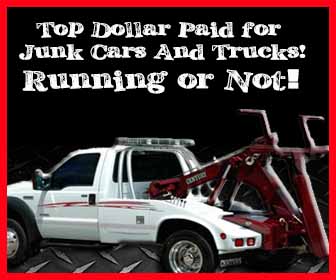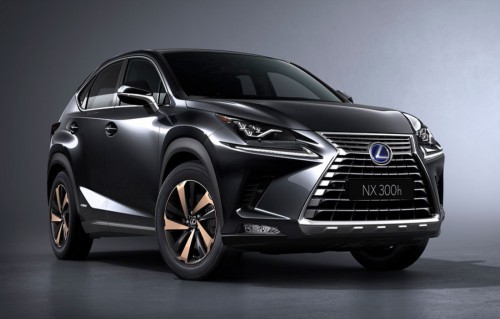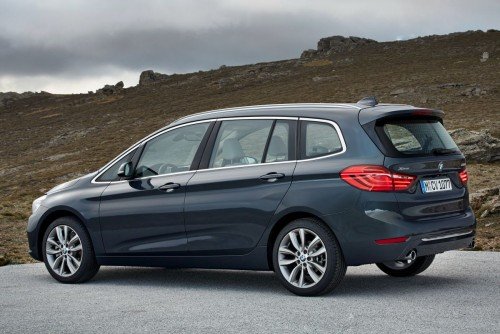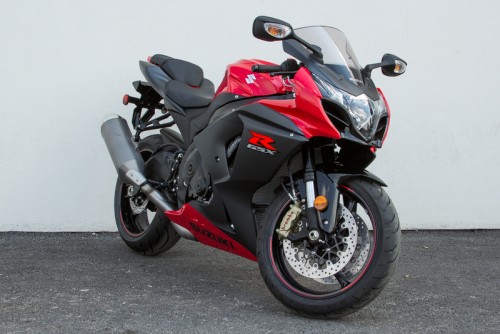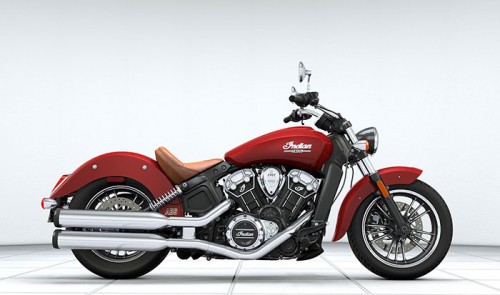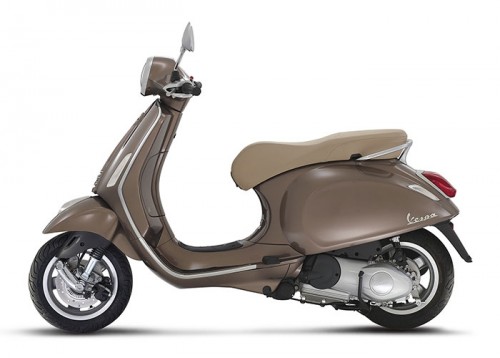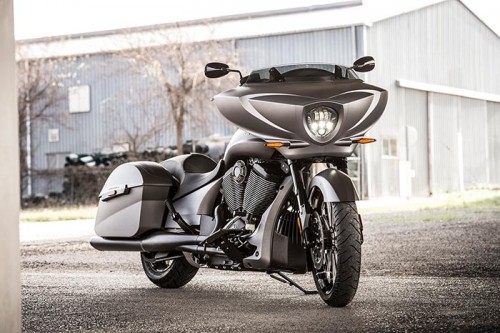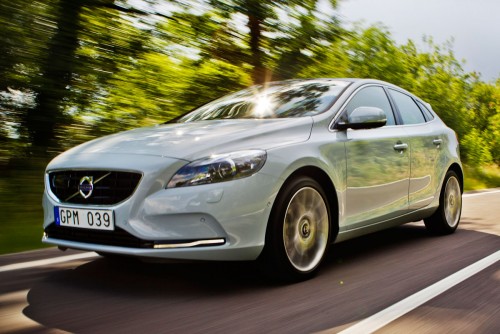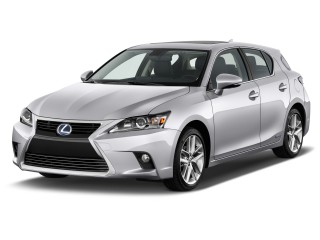About Triumph
History
When Triumph Engineering went into receivership in 1983, John Bloor bought the name and manufacturing rights from the Official Receiver The new company's manufacturing plant and its designs were not able to compete against the Japanese, so Bloor decided against relaunching Triumph immediately. Initially, production of the old Bonneville was continued under licence by Les Harris of Racing Spares, in Newton Abbot, Devon, to bridge the gap between the end of the old company and the start of the new company. For five years from 1983, about 14 were built a week in peak production. In the USA, owing to problems with liability insurance, the Harris Bonnevilles were never imported.
Bloor set to work assembling the new Triumph, hiring several of the group's former designers to begin work on new models. The team visited Japan on a tour of its competitors' facilities and became determined to adopt Japanese manufacturing techniques and especially new-generation computer-controlled machinery. In 1985, Triumph purchased a first set of equipment to begin working, in secret, on its new prototype models. By 1987, the company had completed its first engine. In 1988, Bloor funded the building of a new factory at a 10-acre (40,000 m2) site in Hinckley, Leicestershire. Bloor put between £70 million and £100 million into the company between purchasing the brand and breaking even in 2000.
At the same time as production capacity increased, Bloor established a new network of export distributors. He has previously created two subsidiary companies, Triumph Deutschland GmbH and Triumph France SA. In 1994 Bloor created Triumph Motorcycles America Ltd.
Model range
A range of new 750 cc and 900 cc triple-cylinder bikes and 1000 cc and 1200 cc four-cylinder bikes were launched at the September 1990 Cologne Motorcycle Show. The motorcycles used famous model names from the glory days of Meriden Triumph and were first made available to the public between March (Trophy 1200 being the first) and September 1991. All used a modular liquid cooled DOHC engine design in a common large diameter steel backbone frame. The modular design was to ensure that a variety of models could be offered whilst keeping production costs under control – an idea originally put forward, in air-cooled form, in the early 1970s by Bert Hopwood but not implemented by the then BSA-Triumph company.
The first models, known generically as the 'T300's, all used a common piston diameter (76mm) in a common wet cylinder liner. Basic engine variations were achieved through the use of two specifications of piston stroke: 65mm to create individual cylinder capacity of 300cc, and 55mm to create a 250cc individual cylinder. Two 750cc models were released - and the Daytona and Trident 750 triples (3 x 250cc). There was one 1000cc model - the Daytona 1000 four (4 x 250cc). Two 900 cc models were the Trophy 900 and Trident 900 triples (3 x 300cc). The Trophy 1200 four was the largest model (4 x 300cc). All were remarkably smooth running. The three cylinder models were equipped with a contra-rotating balance shaft mounted at the front of the engine. The four cylinder models benefitted from twin balance shafts - unique at the time - mounted beneath the crank shaft. Contemporary road tests noted the solidity and smoothness of performance as positives but the weight of the machines as negatives. For brand new machines produced by a totally new concern, there were remarkably few early problems. These were an insecure oil pressure switch and a longer-lived problem with the starter (or 'sprag' clutch). The cosmetic finish on the first machines was simple and not very robust. Revisions to crankcases for the three-cylinder models in 1993, together with a move to high pressure casting, reduced engine weight considerably. All painting and plating operations were brought in house in 1993, as the Hinckley factory benefitted from further investment after the initial success of the range. The result was improved quality and durability of finish, added to the basic engineering integrity of the engine and chassis, made for a long-lasting and robust motorcycle.
Triple Connection & celebrity marketing
In 1995, the Triple Connection clothing range and the accessories range of products were launched.Triumph made a commercial decision to design all their own motorcycle clothing rather than license other producers. In the 21st century, Triumph marketed lines of clothing highlighting their association with celebrities strongly associated with the old Triumph marque such as Marlon Brando, Bob Dylan, James Dean,[18] Elvis Presley and particularly, Steve McQueen, for whom the company named a special edition of their Bonneville motorcycle.
Sources
- ^ Jump up to: a b c d Ruddick, Graham (15 November 2012). "Triumph Motorcycles profits slow amid eurozone uncertainty". The Daily Telegraph. Retrieved 26 January 2013.
- Jump up ^ "1980's - The end and the new beginning.". Retrieved 20 September 2008.
- Jump up ^ "New Triumph Co. Ltd. History". Retrieved 21 September 2008.
- ^ Jump up to: a b c "Rebuilding the Marque". Retrieved 21 September 2008.
- Jump up ^ "Fire sweeps through motorcycle plant". BBC News. 16 March 2002. Retrieved 21 September 2008.
- Jump up ^ "Triumph opens second plant in Thailand". Retrieved 21 September 2008.
- Jump up ^ "Triumph Motorcycles". Retrieved 21 September 2008.
- Jump up ^ Triumph 2006 Motorcycle Sales - webBikeWorld
- Jump up ^ The Daily Telegraph, 4 June 2009
- Jump up ^ "Triumph sales remain strong despite industry slump". motorcycledaily.com. 7 December 2011. Retrieved 20 February 2012.
- Jump up ^ http://www.thisismoney.co.uk/money/markets/article-2068819/Triumph-gear-motorbike-sales-rise.html
- Jump up ^ "Triumph's secret weapon". The Daily Telegraph (London). Retrieved 21 September 2008.
- Jump up ^ Garrett, Jerry. "Triumph's Rocket III more than lives up to its ballistic name". Retrieved 21 September 2008.
- Jump up ^ "Triumph News". Retrieved 21 September 2008.
- Jump up ^ "Triumph Tiger 800 launch: Simon Warburton". Visordown. 7 November 2010. Retrieved 23 November 2010.
- Jump up ^ "Triple connection" (PDF). Retrieved 21 September 2008.
- Jump up ^ http://news.motorbiker.org/blogs.nsf/dx/marlon-brando-lands-motorcycle-marketing-deal.htm
- Jump up ^ http://cmgworldwide.com/news/?p=2642
- Jump up ^ http://www.dealernews.com/dealernews/article/new-triumph-gear-accessories-include-elvis-jacket-kriega-bags
- Jump up ^ http://www.motorcyclenews.com/MCN/News/newsresults/New-bikes/2011/October/oct2411-new-triumph-steve-mcqueen-edition-debuts/
http://www.docstoc.com/docs/80423563/Triumph-Motorcycles-Group-Announce-2010-Financial-Results




 Home
Home






